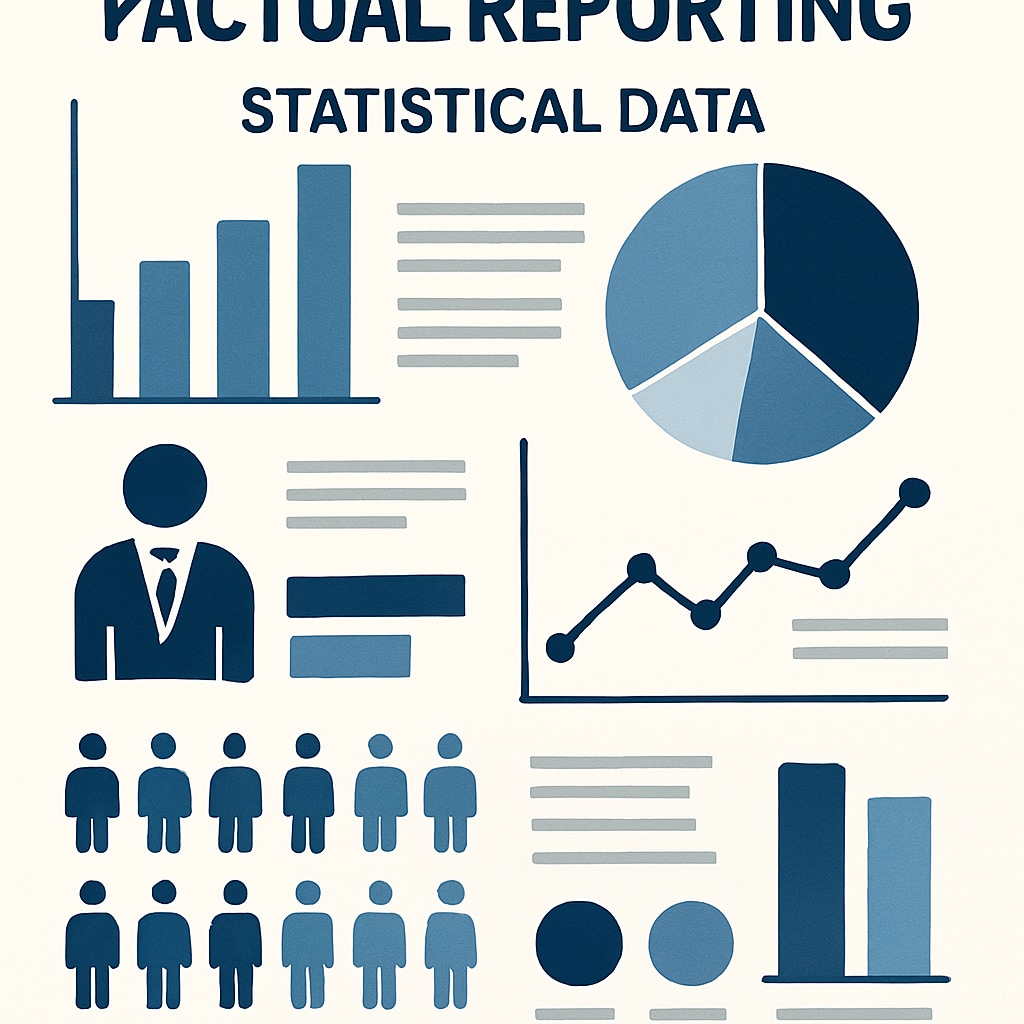In the Functional Skills English reading exams, understanding the purpose of a text is a critical skill that can significantly impact your performance. Whether the text is informative, explanatory, or persuasive, recognizing its intent allows you to engage with the material more effectively and answer related questions with confidence.
This article provides actionable strategies to help you decode text purposes, supported by clear examples and feature comparisons to enhance your comprehension skills. By mastering this skill, you’ll be better equipped to tackle the challenges of reading and understanding texts in the Functional Skills English exams.
Recognizing Informative Texts
Informative texts are designed to present facts, data, or straightforward information without persuading or explaining in great detail. Examples include news articles, statistical reports, and instructional guides. These texts often prioritize objectivity and structure their content logically.

To identify an informative text, look for:
- Neutral tone: No opinions or emotional language.
- Factual content: Statistics, dates, or raw data.
- Clear headings or bullet points for organization.
For example, a text about weather patterns that lists rainfall statistics without further interpretation is likely informative. For further exploration, check this resource on informative texts.
Understanding Explanatory Texts
Explanatory texts serve to clarify, elaborate, or provide reasons for specific topics or phenomena. Common examples include how-to guides, academic essays, and scientific articles. These texts often include logical reasoning, cause-effect relationships, and detailed descriptions.

Key features of explanatory texts include:
- Sequential structure: Often organized step-by-step or chronologically.
- Detailed explanations: Answers “how” or “why” questions.
- Use of examples: Provides specific cases to illustrate concepts.
For example, a text explaining how photosynthesis works by describing the chemical process and its implications is explanatory. Learn more from Britannica’s explanation articles.
Identifying Persuasive Texts
Persuasive texts aim to convince readers to adopt a particular perspective or take action. Advertisements, opinion pieces, and speeches are typical examples. These texts use rhetorical devices, emotional appeals, and strong arguments to influence the audience.
To recognize persuasive texts, look for:
- Emotive language: Words designed to evoke feelings.
- Call to action: Encourages readers to do something, such as “Buy now!”
- Subjective tone: Expresses opinions rather than facts.
For instance, a text urging readers to donate to a charity by highlighting emotional stories and using phrases like “make a difference today” is persuasive.
Strategies for Exam Success
Here are some practical strategies to sharpen your skills in identifying text purposes:
- Read the title and headings: These often give clues about the text’s intent.
- Analyze tone and language: Is it neutral, detailed, or emotionally charged?
- Identify structural elements: Are there bullet points, logical sequences, or rhetorical questions?
- Practice with sample texts: Familiarizing yourself with different formats improves recognition skills.
By applying these strategies and focusing on the distinctive features of each text type, you can improve your reading comprehension and confidently approach questions about purpose in Functional Skills English exams.
Readability guidance: Use short paragraphs and lists to summarize key points. Ensure active voice usage and maintain a smooth transition between ideas for clarity.


